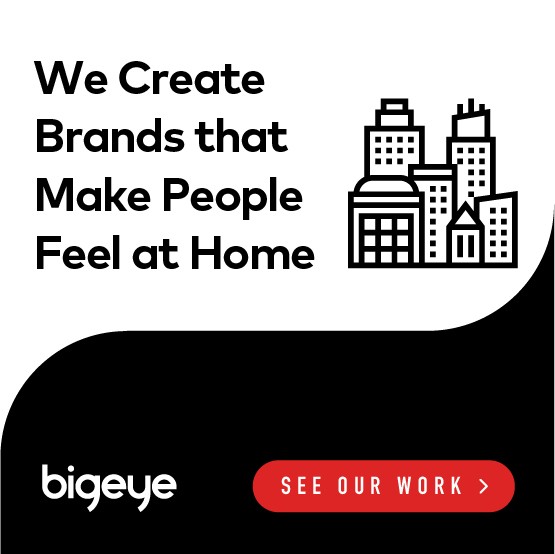Marketing senior living facilities after COVID-19 must demonstrate how you’ve improved, while presenting the facts that show your residents are safe.
One of the first big news stories that you may have read about COVID-19, usually just called the coronavirus, involved deaths at a senior living facility near Seattle. Since then, the virus has made its way to vulnerable populations inside other skilled nursing, assisted living, and independent living facilities across the United States. In response, most of these places have restricted visitation, canceled social activities, closed communal dining areas, and taken other firm action to reduce the chance of spreading disease.
In the past, most senior facilities have highlighted the chance to remain social and active as some of their most positive features. Of course, even offering residents an active, social experience cannot come before safeguarding health. Naturally, this crisis has created huge challenges for facility administrators, loved ones, and of course, residents. Still, this national health crisis will surely pass. Along with the challenges of today, senior care businesses can also find some marketing opportunities for the future.
Positive marketing for senior living facilities after the Coronavirus
No doubt, senior living facilities and families have recently needed to make some hard choices. Many facilities have temporarily suspended new admissions, which will reduce revenue. Families have had to make the difficult choice to forgo visiting their parents and grandparents or to take them home. The resident’s adult children may not want their loved ones to feel isolated or might simply have the typically misguided idea that senior care facilities are breeding grounds for disease. Marketing senior living after coronavirus will take emphasizing the very real positives of your facility by demonstrating how you’ve improved and presenting the facts that can alleviate concerns.
Marketing for assisted living and nursing homes should emphasize overall benefits
For instance, families may already struggle to take care of their younger and healthier members during the current situation. Even during typical times, they often lack the training, equipment, and focus to protect their elderly and infirm elders. Katie Smith acts as the CEO and president of LeadingAge. This organization represents nonprofit senior care facilities. She admitted that some early cases, such as in Washington state, highlight how unprepared some facilities — and even the entire country — was for a quick-spreading virus of this nature.
At the same time, Katie Smith observed that these facilities still provide one of the safest places for elderly and infirm people to live. Trained professionals can monitor residents, ensure they get their medications on schedule, and most of all, stick to best practices for containing the spread of disease. In addition, federal and state governments strictly regulate senior living and healthcare businesses. Under this recent threat, organizations have doubled down on their efforts to adhere to high standards.
It’s well known that elderly people have a much greater risk from dying of coronavirus than younger people, according to published medical statistics. On the other hand, almost three-quarters of family members said that their own and their parent’s life improved after a move to a senior facility, according to surveys. Even better, about 70 percent of the seniors surveyed felt the same way after the move, even if they had resisted in the beginning. Some examples of the benefits that they cited included improved mental and physical health, less stress, and better family relations.
Focus upon communication
During this crisis, senior facilities can maintain their good image by focusing upon clear, honest communication with current residents, families, and the wider community. This is a good time to send out emails, letters, and even press releases to let everybody know how hard you’re working to effectively protect residents. Even if it’s not all good news, you should also remain as transparent as possible.
Certainly, current restrictions on activities, visitations, and communal dining will make some people unhappy. With the relatively long incubation period of coronavirus, you could have residents who already contracted the disease from visitors or even caregivers who had no idea they were carriers. You need to ensure that people understand that you have followed best practices and taken steps to save lives. While you’re communicating important information, you can also use this opportunity to build and maintain your brand image as a competent, caring, and transparent organization.
Try to mitigate the negatives
Right now, many residents and their loved ones will find your social distancing measures unpleasant, if necessary. Still, you may find ways to help bridge the gap. For instance, some senior living facilities have helped residents use such technology as Facetime and Zoom in order to reduce isolation, keep in contact with their families, and even interact with other residents. It’s time for you to find creative solutions and of course, craft marketing to let people know about them.
Start developing your marketing plans now
Sadly, we’re likely to struggle with the coronavirus pandemic for several more months, if not years. Still, people will need your services, perhaps now more than ever. Your attention to safety, honest communication, and clever solutions should provide you with plenty of marketing inspiration in the coming months.




